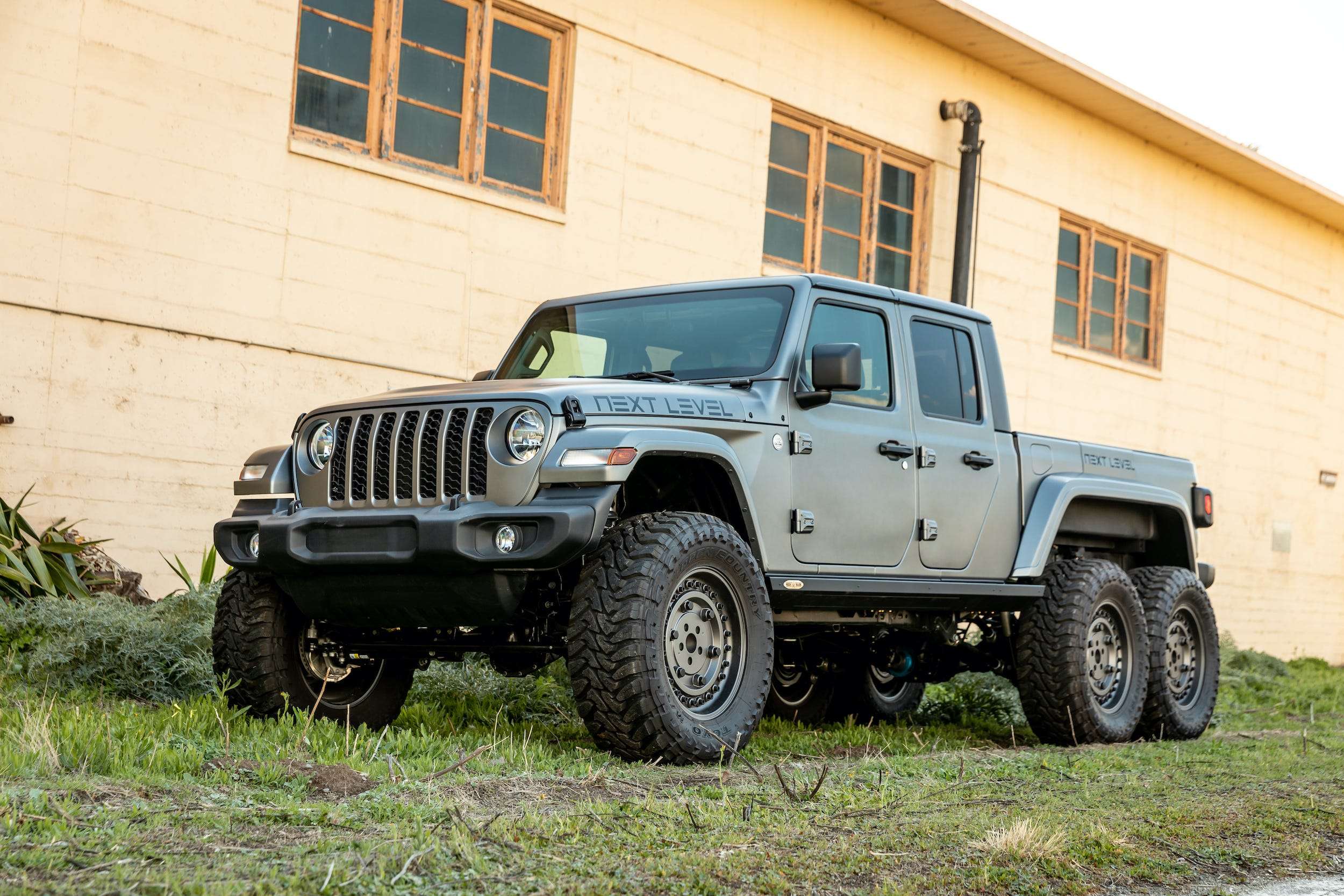


#JEEP TRUCK SERIES#
A second agreement with VIASA in Spain that ran from 1970 to 1985 yielded an entire series of FC-based trucks with unique-to-Europe styling that stand among the rarest of all Willys-engineered vehicles. Although Willys would replace the FC with the Jeep Gladiator shortly thereafter, the Forward Control would continue to generate profits for the company through a long-standing set of licensing deals-first with Mahindra in India, which produced a version of the FC from 1965 until the end of the 1990s. Jeep would produce four different FC variants specifically for these two branches (M676-679), providing them with a diesel engine as well as upgraded axles.īy 1965 Jeep was out of the Forward Control game, having sold roughly 30,000 examples in close to a decade of production. By the mid-60s under a thousand Forward Control trucks would make it into Navy/Marine Corps service as support vehicles.

The military also experimented with adding the new Jeep to its motor pool, but much later in the FC's lifespan. They were also popular as snowplows due to their maneuverability and four wheel traction. Jeep worked hard to court commercial clients as well as retail buyers, and that meant fire departments, public works departments, forestry operations and rough country rescue teams were soon jumping on to the Forward Control bandwagon.
#JEEP TRUCK MANUAL#
Jeep relied on its 'Hurricane' four-cylinder engines to deliver up to 70 horsepower (with a full-ton edition featuring a somewhat stouter 115 horsepower six-cylinder upgrade), and transmission choices included a mix of four-speed manual boxes and a three-speed automatic.Ī wider track arrived in the second year of production, which improved overall stability, and it wasn't long before a nine-foot bed was also available in the Forward Control family. Then there was the fact that all Forward Control trucks came with standard four-wheel drive, which was a rarity for any vehicle in the 1950s. As a result, the FC gained a healthy dollop of all-terrain capability itself, with minimal overhangs front and rear helping it attack steep grades and difficult approach angles. What helped to elevate the Forward Control over its VW competition was the fact that it was based on a stretched version of the same platform that underpinned the Jeep CJ-5, which was a more than capable off-road vehicle. First Ford, then Chevrolet, then Dodge would follow Jeep into the cab-over market with a variety of designs starting in the early 60s. Their impact in America was relatively insignificant, however, and it wasn't until the Forward Control appeared that Detroit began to get in on the action, too. Volkswagen, of course, had been producing its Transporter series of trucks with a similar design prior to the Jeep's emergence. This despite the overall length of the FC remaining relatively modest, and within the wheelhouse of smaller passenger cars of its era. It also allowed for the cargo bed to be stretched out over the wheelbase as much as possible-up to six feet in early models-taking up the room that would have traditionally been occupied by the hood area. This was a strategy that had only been used on heavy-duty commercial rigs up to that point. By positioning the cab directly over the engine, it was possible to not only reduce the vehicle's turning radius, but make it more useful in urban settings where tight loading spaces made traditional trucks a liability. The First American Cab-Over PickupĪlthough it might not look like it from our modern perspective, when it appeared as a 1957 model the Forward Control (FC) truck was a revolution in terms of light commercial vehicle design. The end result was the Jeep Forward Control, a truck whose unusual styling (penned by frequent Willys collaborator Brooks Stevens) would make an indelible imprint on the company's history. After the war was over Willys was keen to expand its customer base, and began brainstorming a more modern utility vehicle that could take its battlefield-tested technology and apply it to commercial and passenger as well as Army/Navy/Air Force markets. The brand's military roots didn't end with the Jeep, however. Most 4x4 fans are familiar with the genesis of the Willys Jeep, which arrived in civilian showrooms after having proved itself so effectively on the battlefields of Europe and Asia during the Second World War.


 0 kommentar(er)
0 kommentar(er)
